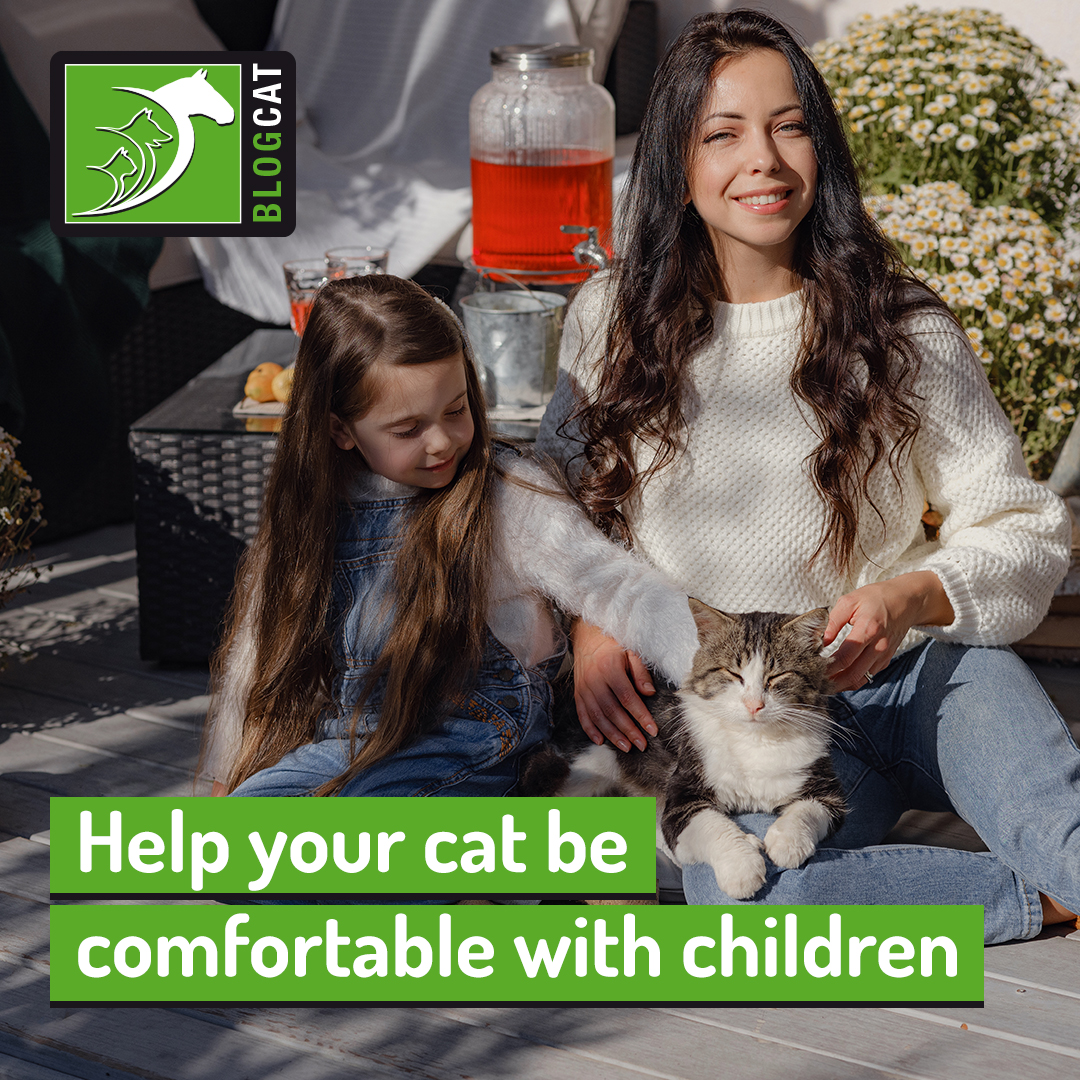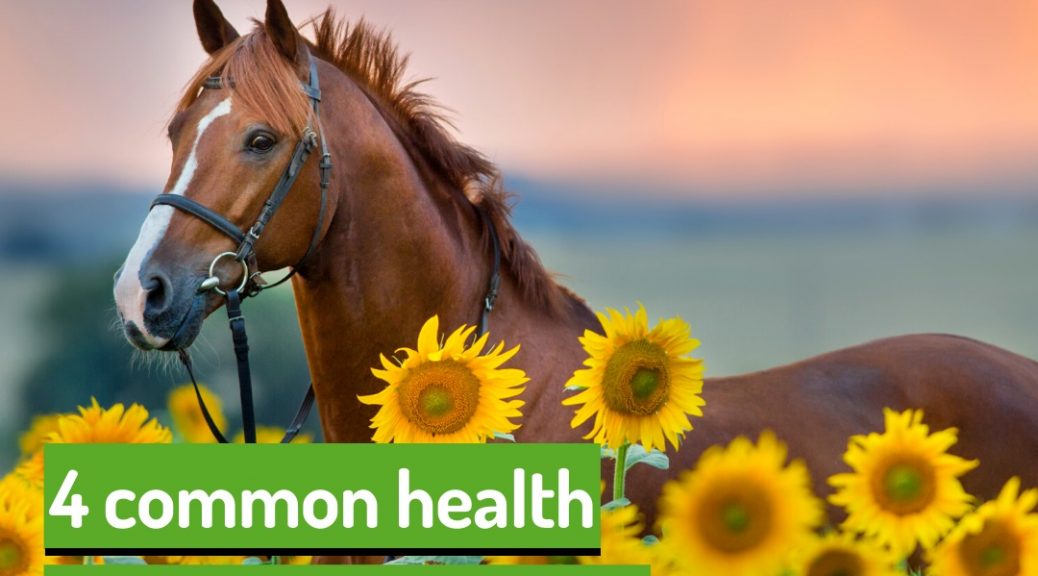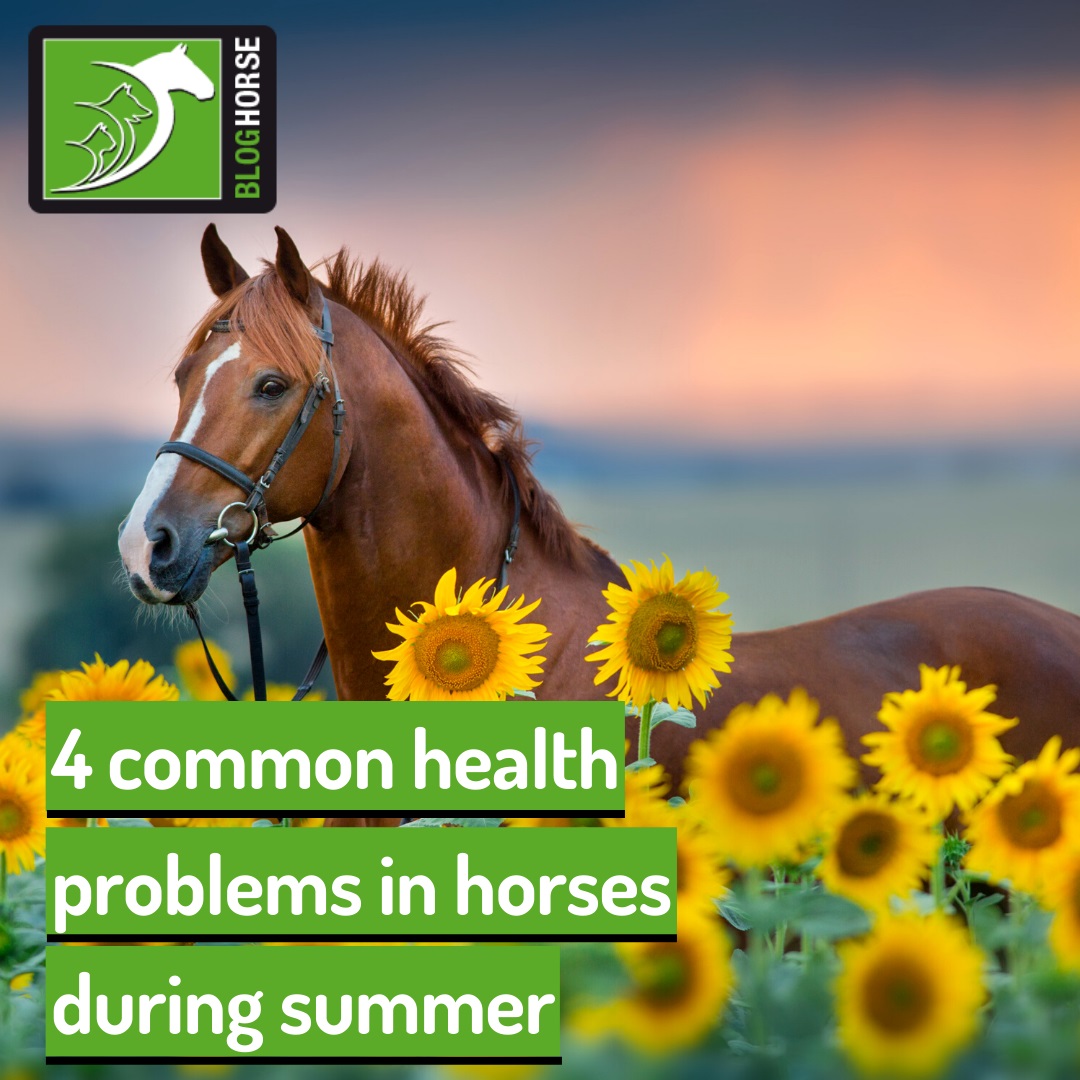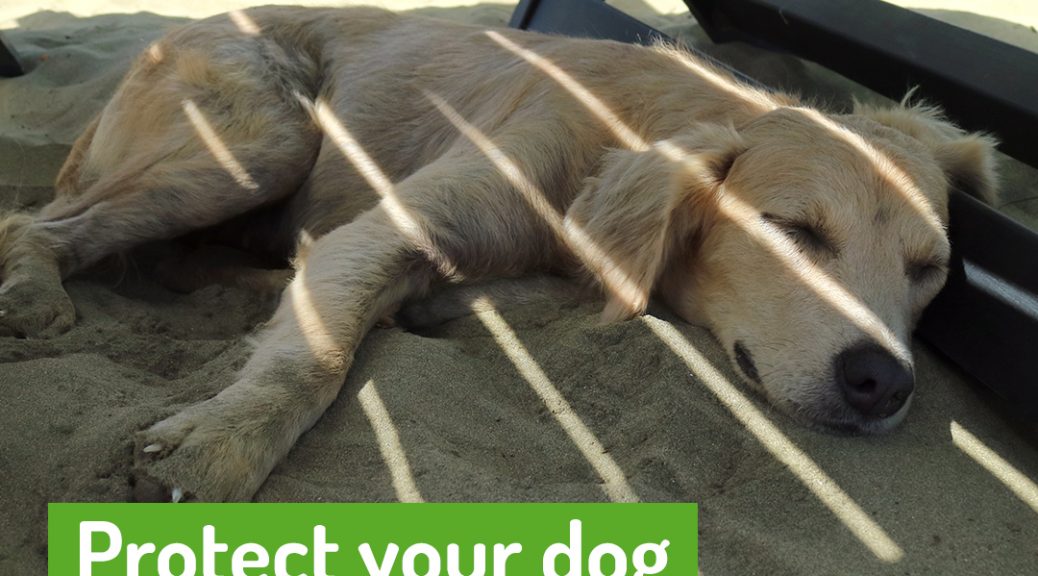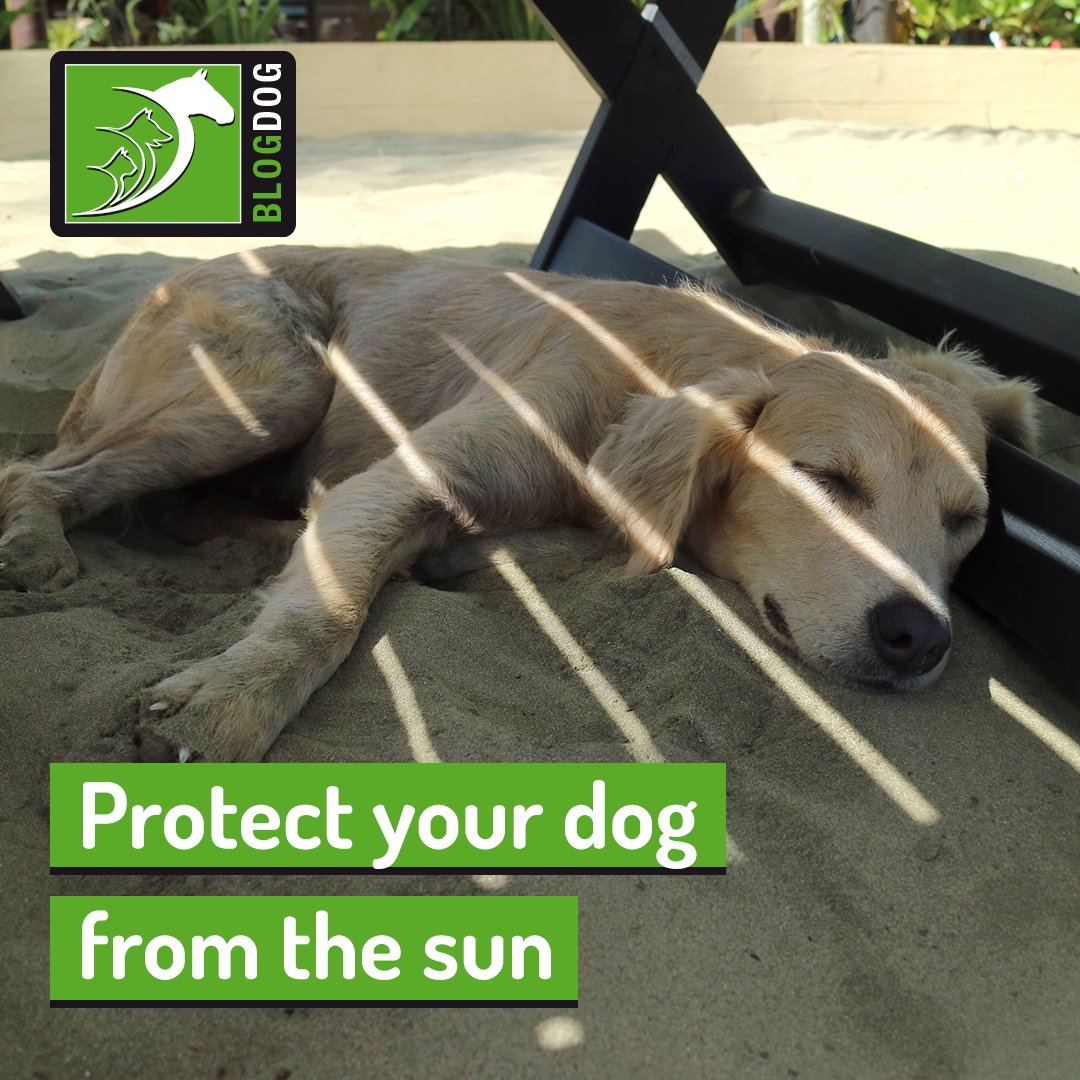Cats are very particular animals that enjoy the stability of their routines and can be pretty picky with the people they interact with.
As a parent or someone who frequently has kids visiting, you might be worried that your feline friend will not be too keen on having small, often loud and energetic humans in the house.
The unknown person factor and the potential for uncomfortable stimuli can be daunting, but it’s possible to prepare your kids and your cat for this to go as smoothly as possible!
First impressions are important
Whether you are bringing a new cat into a home with children or letting children meet an established cat, it’s important to remember to meet your pets’ needs first and foremost and let them lead the first interaction.
Terrible first impressions aren’t impossible to fix, but if your cat has a significant negative experience, especially during their first days with you, it can impact their stress levels.
This is why it’s important to choose a moment where your pet is calm and relaxed, and your kids have been adequately coached on the dos and don’ts of interacting with your feline best friend.
If your cat looks like he or she is no longer enjoying the interaction, gently remove him or her from the situation and provide a treat reward.
Teach your kids about boundaries
Depending on their age, it might be the first time they interact directly with a pet, but even older kids might need a little refresher on the particular needs of cats.
It’s best to start educating them on this as early as possible and always be ready to intervene until your children understand the ‘rules’. Respecting your pets’ comfort boundaries is extremely important as they might not always be in a position to flee, which can result in reactive aggression and a bad experience for everyone.
Keep these things in mind:
- Teach them to be gentle and show tem how to touch a pet without hurting;
- Be firm when it comes to behaviours such as tugging on ears, legs or tails, as these are never acceptable;
- Be patient and always keep calm to avoid increasing tension and stress for both your kids and your cats;
- Until your children reach a certain age, never leave your pets and kids with each other unsupervised. Even the most well-behaved and gentle cat is very likely to react badly if provoked or harmed, even if by accident!
Make sure your cats have quiet spots to hide in
Life with kids is not for the faint of heart! Always allow your cats to opt-out of interacting with little humans whenever they see fit and ensure that they have a room or space where they will not be disturbed.
All animals have different personalities, and some take to children better than others, but it’s vital they are allowed to choose when and where to get attention.
With time and patience, it’s possible to build beautiful lifelong friendships between your kids and your cats!
Would you like to know more about cats? Check our Feline Courses:
Feline courses

